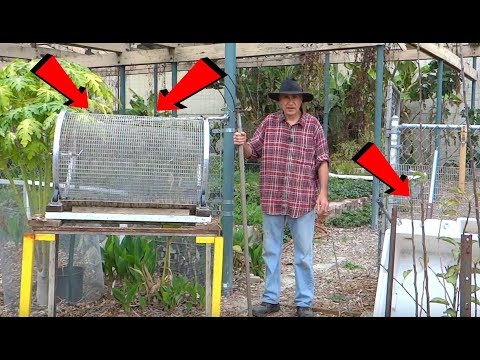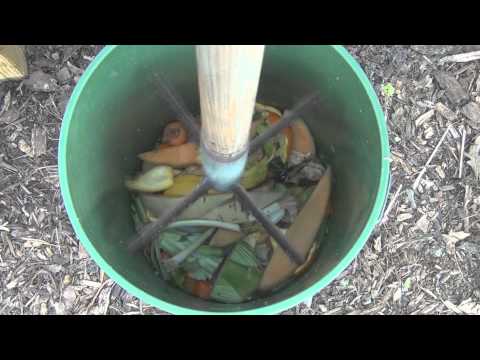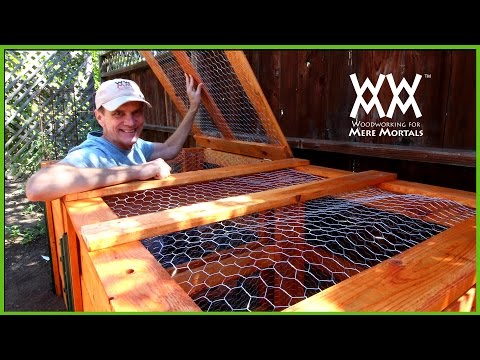The first step in no dig bed prep is selecting the location for your garden bed. Choose an area that receives adequate sunlight and has good drainage to ensure optimal growing conditions. It can be as small or large as you desire, depending on your gardening goals.
To start building your no dig bed, you will need several tools and materials. The essentials include:
1. Cardboard or newspaper: These act as a weed barrier by smothering existing vegetation under the layers of organic matter.
2. compost: Use high-quality compost made from kitchen scraps, yard waste, or purchased from a reliable source. compost provides essential nutrients for plants to flourish.
3. Mulch: Organic mulch such as straw or wood chips helps retain moisture in the soil, suppresses weeds, and improves overall soil quality.
4. Garden fork or trowel: These tools come in handy when incorporating the different layers into the soil.
Now let’s dive into the techniques involved in no dig bed prep:
1. Weed control: Lay down cardboard or several layers of newspaper over the designated area where you want your garden bed to be formed. Ensure complete coverage, overlapping edges to prevent weeds from infiltrating your bed once it’s established.
2. Layering: Begin by adding a layer of compost directly on top of the cardboard/newspaper layer—spread it evenly with a rake or shovel. Aim for a thickness of approximately 2-4 inches (5-10 cm). This compost will provide nutrients and encourage earthworms and beneficial microbes to enrich the soil.
3. Mulching: Apply a thick layer of organic mulch, around 4-6 inches (10-15 cm) deep, on top of the compost layer. The mulch acts as a protective cover, preventing weed growth and retaining moisture.
4. Repeat: To achieve optimal soil fertility and structure, repeat the steps above by adding layers of compost and mulch until your bed reaches an ideal depth of 18-24 inches (45-60 cm). This layered approach mimics nature’s process of building healthy soil over time.
The advantages of no dig bed prep are numerous. By not disturbing the existing soil structure, you preserve its natural composition and enhance its fertility. No dig beds require less maintenance as they suppress weed growth well, reducing the need for intensive weeding efforts.
The layering technique also promotes excellent water retention and drainage, resulting in healthier plants with stronger root systems. Additionally, this method encourages microbial activity and earthworms to thrive in your garden bed, contributing to nutrient cycling and overall soil health.
No dig gardening is a sustainable approach that reduces waste by utilizing readily available materials such as cardboard or newspaper for weed suppression and organic matter for nutrient enrichment. It is an excellent option for gardeners seeking an eco-friendly alternative while creating thriving garden beds.
In conclusion, no dig bed preparation is an innovative gardening technique that offers multiple benefits. By following simple layering methods using tools like cardboard or newspaper, compost, mulch, and hand tools such as forks or trowels; gardeners can establish healthy garden beds without digging into the existing soil structure. Not only does this approach save time and effort but it also creates rich soils teeming with life.





